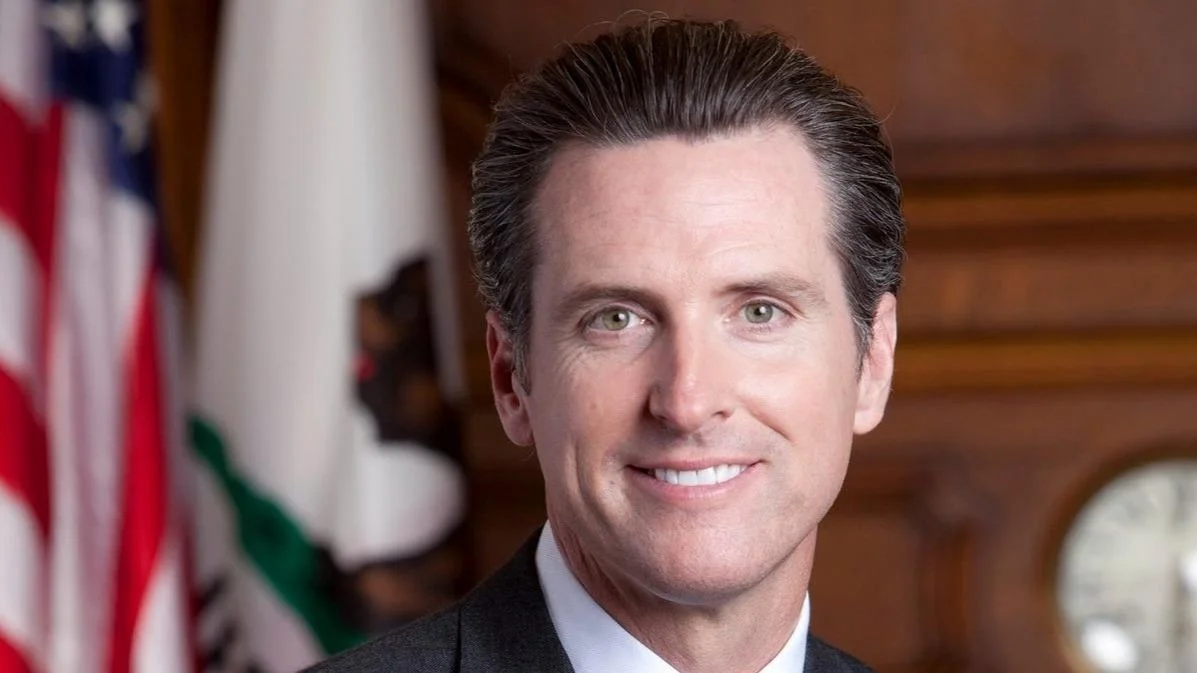
Gavin Newsom, Governor of California | Official website
At the direction of Governor Gavin Newsom, California has increased its deployment of firefighting resources in anticipation of extreme heat and fire weather. The California Governor’s Office of Emergency Services (Cal OES) approved the predeployment of 13 fire engines, seven water tenders, and two dispatchers to Sierra, Nevada, and Plumas counties through Tuesday due to forecasts predicting high temperatures, low humidity, and dry lightning. This action adds to resources that were predeployed earlier in the week for Southern California, where elevated heat and critical fire weather are expected through Sunday.
A total of 64 fire engines, 17 water tenders, nine bulldozers, five helicopters, 10 hand crews, 16 dispatchers, and two Incident Management Teams have been positioned across 10 counties: Inyo, Kern, Los Angeles, San Bernardino, San Diego, Santa Barbara, Ventura, Sierra, Nevada and Plumas. Local agencies determine when additional support is needed based on conditions in their communities and request assistance from the state. Staging locations and assignments are managed by local officials.
State officials note that this proactive approach helps ensure rapid response to new fires. The prepositioning strategy aims to reduce response times and contain fires before they become major incidents. This program operates alongside California’s Fire and Rescue Mutual Aid System.
Due to ongoing extreme heat forecasts for much of the state, California activated Phase 2 of its extreme temperature response plan on Wednesday. This includes increased coordination between state and local agencies to prepare for high temperatures. The State Operations Center at Cal OES is on an enhanced watch for both heat and fire risks. Cooling centers have opened throughout various communities as a protective measure for vulnerable residents.
Governor Gavin Newsom stated: “I’ve directed the state to mobilize resources to communities to help protect against catastrophic wildfire and potentially record-high temperatures. Please continue to check your local forecast and follow the guidance of local authorities.”
CAL FIRE reported that aggressive aerial firefighting efforts supported initial attacks on several recent fires such as the Pickett Fire in Napa County and the Coyote Fire in El Dorado County. Over the past day alone CAL FIRE aircraft logged more than 175 flight hours—19 hours conducted at night—and helicopters dropped over 380,000 gallons of water while fixed-wing aircraft dispensed more than 151,000 gallons of retardant.
In total there were 23 new wildfires reported statewide within the last day; year-to-date figures now stand at 5,673 fires burning a combined total of 374,023 acres. These numbers are slightly above average for incidents but below average for acreage compared with previous years.
CAL FIRE continues working toward its goal of containing most wildfires before they reach ten acres or more. Residents are encouraged to stay alert during this period marked by heightened risk from both heat waves and wildfire conditions.
The public is advised to prepare a wildfire action plan—including evacuation routes—and pack essentials in a go-bag. Signing up for local emergency alerts can help residents stay informed about changing situations. Heat safety information tailored by location can be found at https://CalHeatScore.CalEPA.ca.gov/, while general preparedness tips are available at https://Ready.ca.gov/.
 Alerts Sign-up
Alerts Sign-up